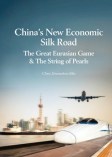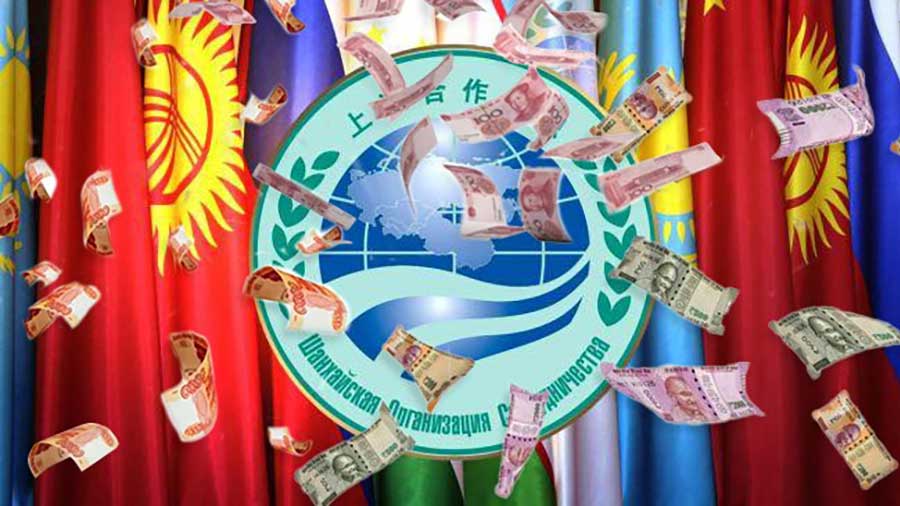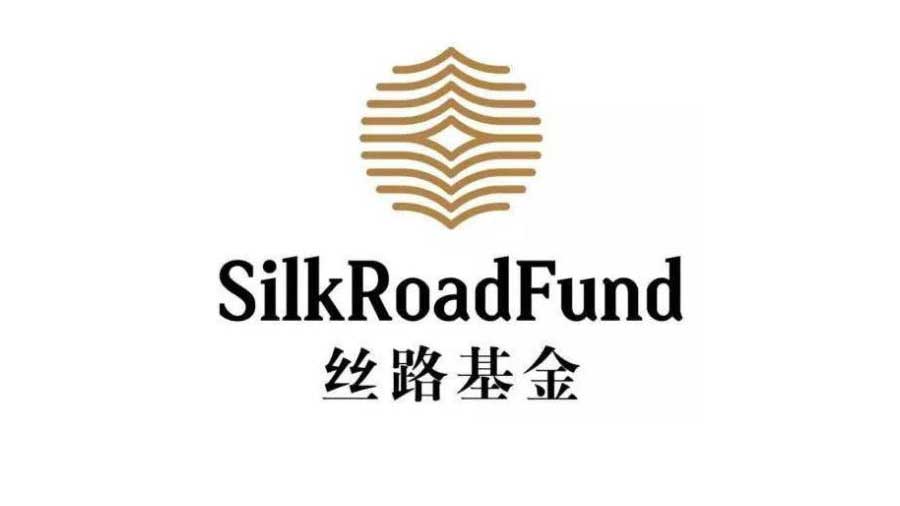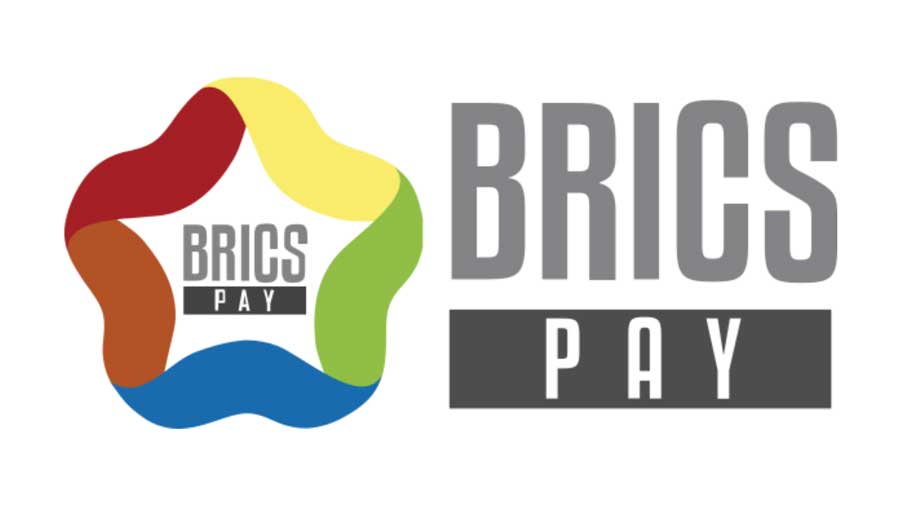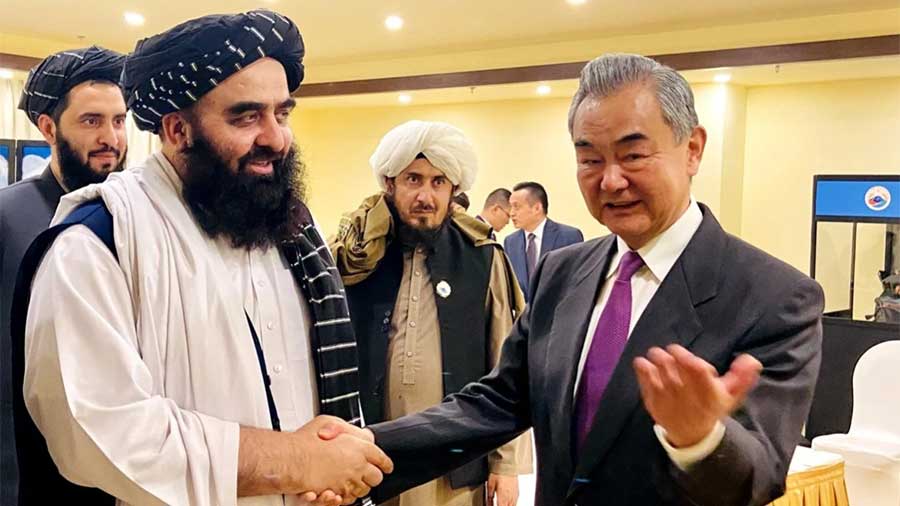China’s Silk Road Gold Fund – The African and South American Gold Deposits
 As we examined in previous articles in this series, China has established a Silk Road Gold Fund and has begun trading this on the Shanghai Gold Exchange. Over 60 countries have invested in the US$16 billion fund, which aims to provide financing to extract gold from existing, but underutilized deposits. The previous articles dealt with the Central Asian and South-East Asian nations and their gold reserve holdings and known gold deposits; in this article we deal with Africa and South America.
As we examined in previous articles in this series, China has established a Silk Road Gold Fund and has begun trading this on the Shanghai Gold Exchange. Over 60 countries have invested in the US$16 billion fund, which aims to provide financing to extract gold from existing, but underutilized deposits. The previous articles dealt with the Central Asian and South-East Asian nations and their gold reserve holdings and known gold deposits; in this article we deal with Africa and South America.
In doing so, we only look at each of the countries in these regions that have signed Belt and Road MoUs with China. As can be seen, China still has a lot to do in both regions to further push forward its Belt and Road Initiative. No East African country has signed up to it at present, despite them being geographically close to China and part of the old Silk Road routes – ancient pottery for example from Mombassa can be seen in the Urumqi Provincial Museum alongside its excellent collection of Silk Road artifacts found in the Gobi Desert.
Gold reserves are the amount held by the Central Bank. Known gold deposits are estimates of unmined gold. Figures mentioned are in metric tons.
| Country | Gold reserves | Known gold deposits | Key areas |
|---|---|---|---|
| Egypt | 76.29 | 208 | Eastern Desert |
| Ethiopia | 0 | 900 | Benishangul Gumuz |
| Morocco | 22.05 | 100 | Sahara Desert |
| South Africa | 125.28 | 36,000 | Witwatersrand |
| Panama | 0 | 373 | Colon |
These entries are based solely upon countries with whom China has signed Belt and Road Initiative MoUs. In actual fact, Africa contains large amounts of gold deposits, with the largest reserves in the world found in South Africa, while Ghana also has significant deposits as does Ethiopia, the legendary home of King Solomon’s gold mines. South America also has major known gold deposits in Peru and Brazil. However, none of these countries have yet signed an MoU with China over the Belt and Road Initiative, mainly as in terms of trading terms and routes – it is a bit of a stretch at this point in time. Brazil and South Africa, though, are members of the BRICS grouping, along with China, which details its own preferential trade terms. The BRICS Development Bank is based in Shanghai.
The figures demonstrate that at present, despite all the headlines, China has not yet sold the idea of an inclusive Belt and Road on a global basis. Its basic thrust remains Central and South-East Asia. This means that a second, sustained diplomatic wave of Chinese interest in the regions is likely to be underway – a valid point when one looks at China’s recent overtures towards South America. Earlier this year, Chinese Foreign Minister Wang Yi met with 33 members of the Community of Latin American and Caribbean States and invited them to become part of China’s Belt and Road Initiative at an event held in Santiago.
In terms of Africa, the continent is huge and diverse. China’s trade with Africa has been growing at a rate of 20 percent since the year 2000, while foreign direct investment has grown 40 percent annually. China is also supportive of Africa’s homegrown development plan as set out in the African Union’s Agenda 2063. There are clear synergies between this and with China’s Belt and Road initiative that support greater connectivity.
China will be especially interested in the gold reserves held by South Africa, while Ethiopia also holds significant deposits. While China is busy wooing countries in both the African and South American continents, it has also managed to put in place structures such as Bilateral Investment Agreements, although these are not as far reaching as Free Trade Agreements. Work clearly still has to be done by China in terms of bringing African and South American countries on board to the Belt and Road Initiative. However, this is clearly a space that warrants close attention in terms of further development. Gold will just be one aspect of the trade routes waiting to be developed.
About Us
Silk Road Briefing is produced by Dezan Shira & Associates. The firm provides business intelligence, investment advisory, due diligence, tax advisory, corporate establishment and structuring, accounting, payroll and related professional services throughout China, India, ASEAN, Russia and the Eurasian region, servicing both Governments and Multinational clients. To contact us please email silkroad@dezshira.com or visit us at www.dezshira.com
 Related Reading:
Related Reading:
![]() Vassal States? Understanding China’s Belt and Road MoU
Vassal States? Understanding China’s Belt and Road MoU
![]() Russia’s Increasing Gold Reserves Helping its Belt Road Development
Russia’s Increasing Gold Reserves Helping its Belt Road Development
Silk Road and OBOR Business Intelligence
Dezan Shira & Associates´ Silk Road and OBOR investment brochure offers an introduction to the region and an overview of the services provided by the firm. It is Dezan Shira´s mission to guide investors through the Silk Road´s complex regulatory environment and assist with all aspects of establishing, maintaining and growing business operations in the region.
China’s New Economic Silk Road
This unique and currently only available study into the proposed Silk Road Economic Belt examines the institutional, financial and infrastructure projects that are currently underway and in the planning stage across the entire region. Covering over 60 countries, this book explores the regional reforms, potential problems, opportunities and longer term impact that the Silk Road will have upon Asia, Africa, the Middle East, Europe and the United States.

